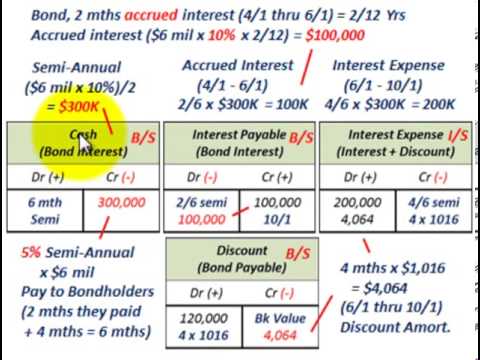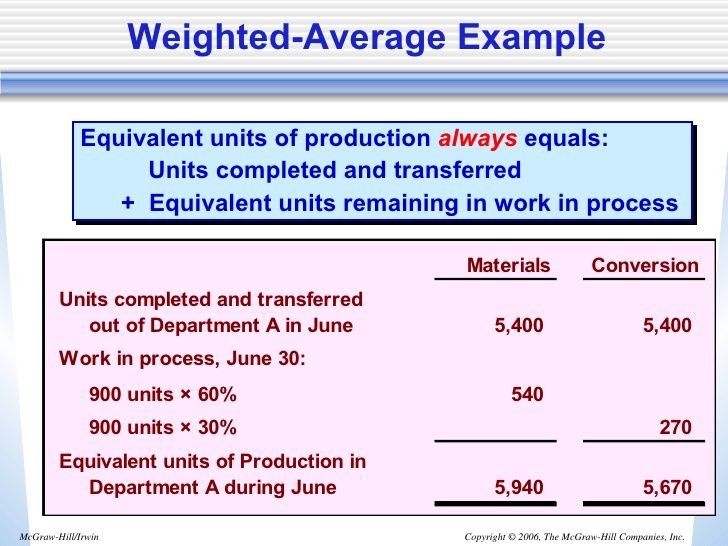Construction Accounting 101: A Basic Guide for Contractors

Again, this comes in handy to gain an edge over the competition and protect narrow profit margins. For clarity, job costing focuses on the project level — it’s like zooming in to one project in a company. Conversely, the general ledger keeps tabs on the bigger financial picture — it’s like zooming out on all projects in a company. It’s also true that this method is flexible and simple, leading to less confusion in financial statements. In construction accounting, financial experts typically use software, general ledgers, and specialized methods as one system.
Construction Accounting FAQs

The quick ratio measures whether a company can pay its current liabilities with cash or assets that can quickly be converted to cash. To calculate the quick ratio, simply add cash and accounts receivable and divide that sum computer filing system by current liabilities. The income statement (or profit and loss statement) provides a breakdown of the revenues, costs, and profit during a specific period of time — often monthly, quarterly, and annually.
This is because the recipient has the opportunity to confirm the registration of the value and accept or challenge the invoiced amount. If you disagree, the customer can make a “red line” for the contractor to correct and resubmit the AIA claim request. Another characteristic feature to consider in construction is tax withholding or retaining practices. Retainage is a given amount of money that the owner may withhold until they are satisfied with the contract’s settlement.
Fluctuating Overhead Costs
Many professionals enhance their skills through a construction accounting course, which offers structured learning about industry-specific financial practices. These courses often include modules on construction accounting standards and how they differ from general accounting practices. Speaking of standards, construction accounting IFRS (International Financial Reporting Standards) guidelines play a crucial role. These international standards ensure consistency and transparency in financial reporting across global construction projects. Construction accountants play a crucial role in the construction industry, ensuring that projects are financially viable and profitable. They are responsible for tracking costs, managing budgets, and providing financial reports to stakeholders.
They provide valuable insights into project costs, profitability, and financial status. By utilizing these methods effectively, construction companies can make informed decisions, optimize costs, and ensure the success of their projects. A good construction accounting software manages accounts receivable and payable and helps contractors collect a debt and ensure that they maintain good relationships with their suppliers. It also ensures accurate tax filing with sufficient flexibility to support the various revenue recognition methods used in the construction industry. Construction accounting is a highly specialized type of financial management because of the industry’s unique characteristics.
Billing method #3: Unit-price billing
- As such, accurate job costing involves a categorical allocation of costs, distinguishing between direct expenses like labor and materials and indirect overheads.
- In the last part of our guide on accounting for construction companies, we will use everything learned so far to gear you with 12 foolproof tips to protect the bottom line of your business.
- As a result, construction companies often find it difficult to match the efficiency of companies that make the same products repeatedly in a controlled location.
- For illustration, you can think of job costing as a powerful microscope that helps you take a closer look at estimated vs. actual production reports.
- Properly managing and allocating overhead expenses is crucial for contractors, as it directly impacts the company’s profitability and long-term financial stability.
There are, of course, tangible benefits of embracing such an advanced approach. After adopting construction-specific accounting software, an astounding 67% of firms reported an uptick in profitability by an average of 14%. For the sake of simplicity, we present you with premiere construction accounting software alongside its best use cases. With that in mind, the following segment explores some of the best construction accounting software on the market.
With the right process, you can save time on your invoicing, accounting, bookkeeping, and tax preparation, even without previous construction accounting experience. This will make it easy for you to send invoices online, track expenses, monitor payment status, generate financial reports, and more. You can use construction invoice templates to bill your clients and keep a paper record of all construction projects and revenue generated. PlanSwift is a digital takeoff and estimating software that allows construction accountants to measure quantities from digital blueprints and generate accurate cost estimates. With what are components of financial reporting its intuitive interface and powerful features, PlanSwift has become a valuable tool for construction professionals. Another important aspect of the role is providing guidance to project teams on financial matters.
Procore is a cloud-based platform that provides construction professionals with a range of tools for project management, collaboration, and financial control. It allows construction accountants to track premium suspense meaning project costs in real-time, manage change orders, and generate accurate financial forecasts. Construction accounting software is specifically designed to meet the needs of construction companies.
At any rate, the accounts receivable aging report grants this helpful overview to the construction business. In simple terms, this report categorizes the services or goods delivered but unpaid (by customers) since an invoice was sent to the customer at a single point in time. Accounts receivable are the legal claims for payment of those unpaid services and goods.
Similarly, when the business receives a bill from a vendor or supplier, it will be recorded as an expense even if payment hasn’t yet been sent. On top of that, construction contracts often include retainage — a portion of the payment that is withheld until the entire project is complete. That means a contractor’s profit margin may be held back long after their portion of the work is complete. On top of that, construction is a notoriously volatile industry with a high failure rate, slow time to payment, and inconsistent cash flow.


Leave a reply